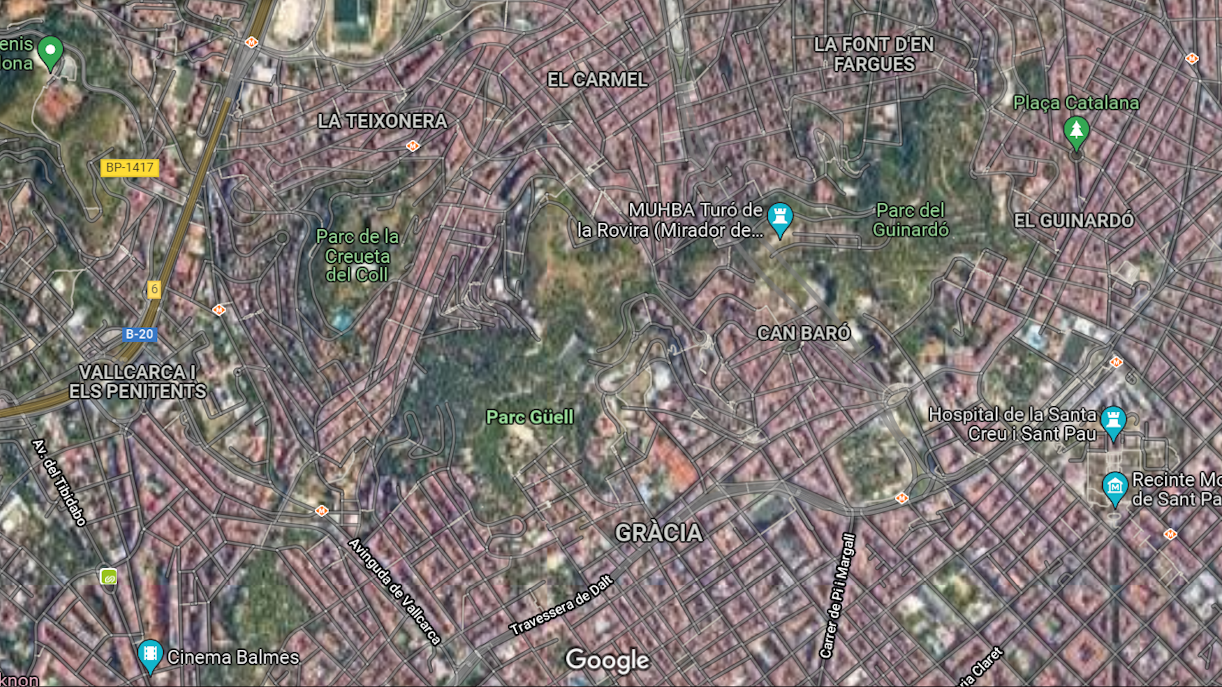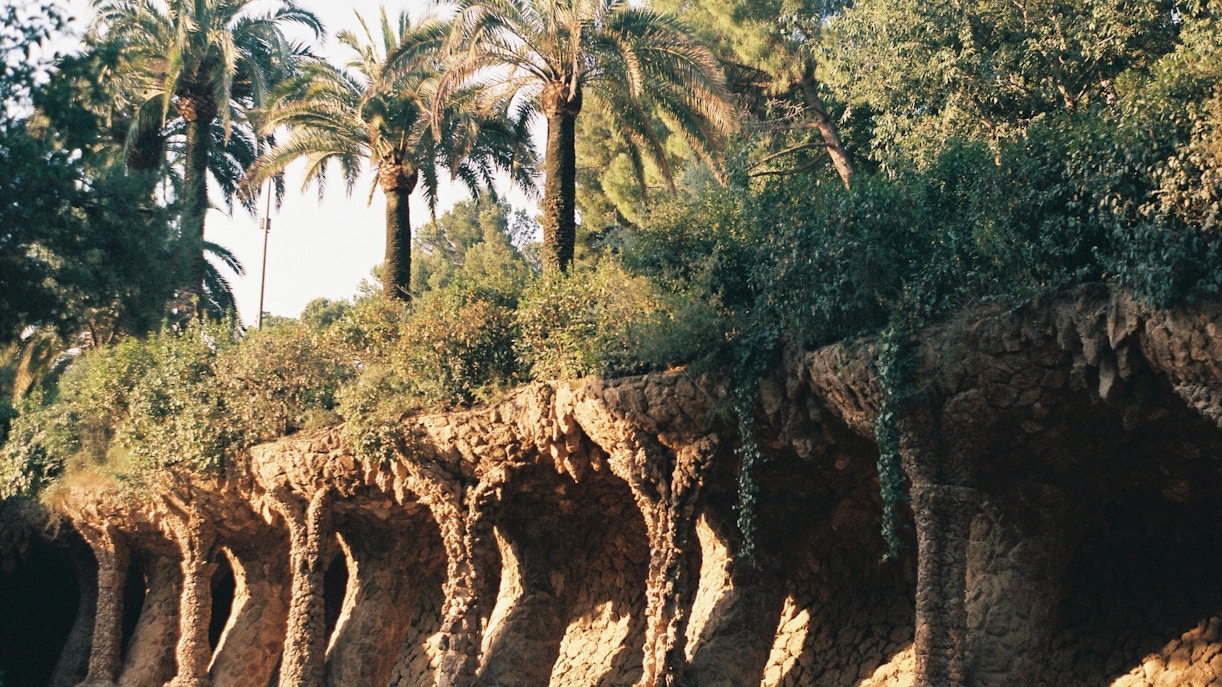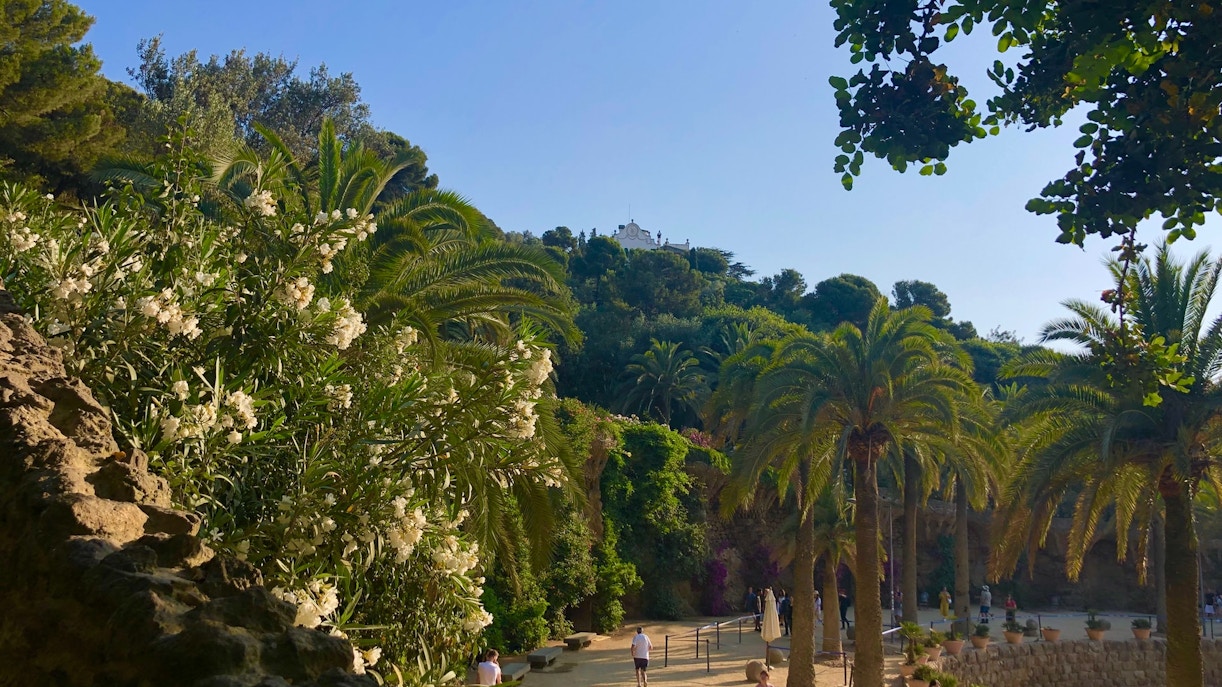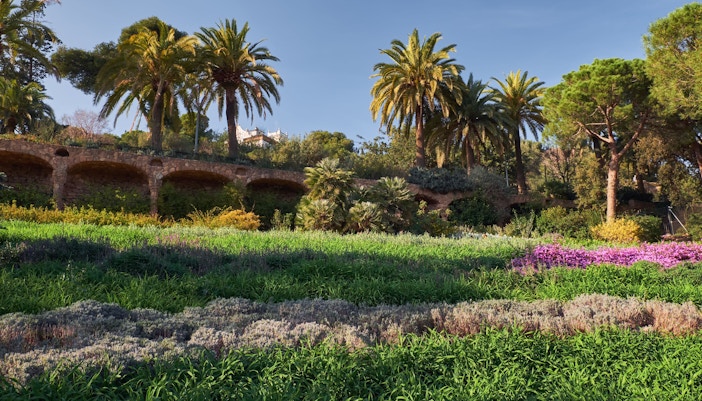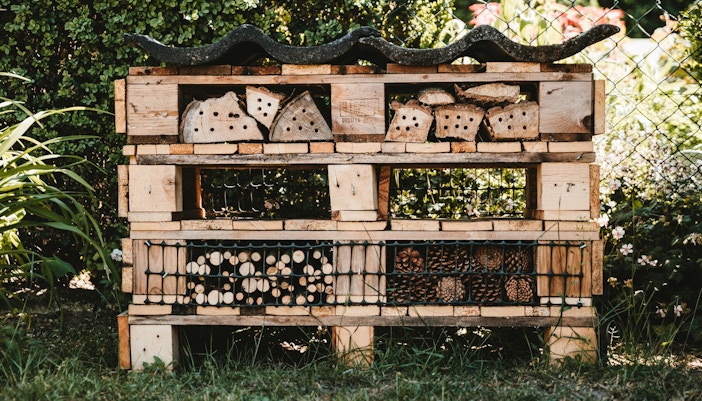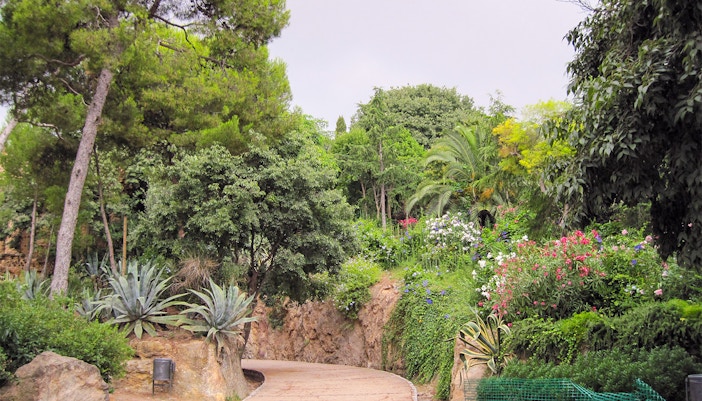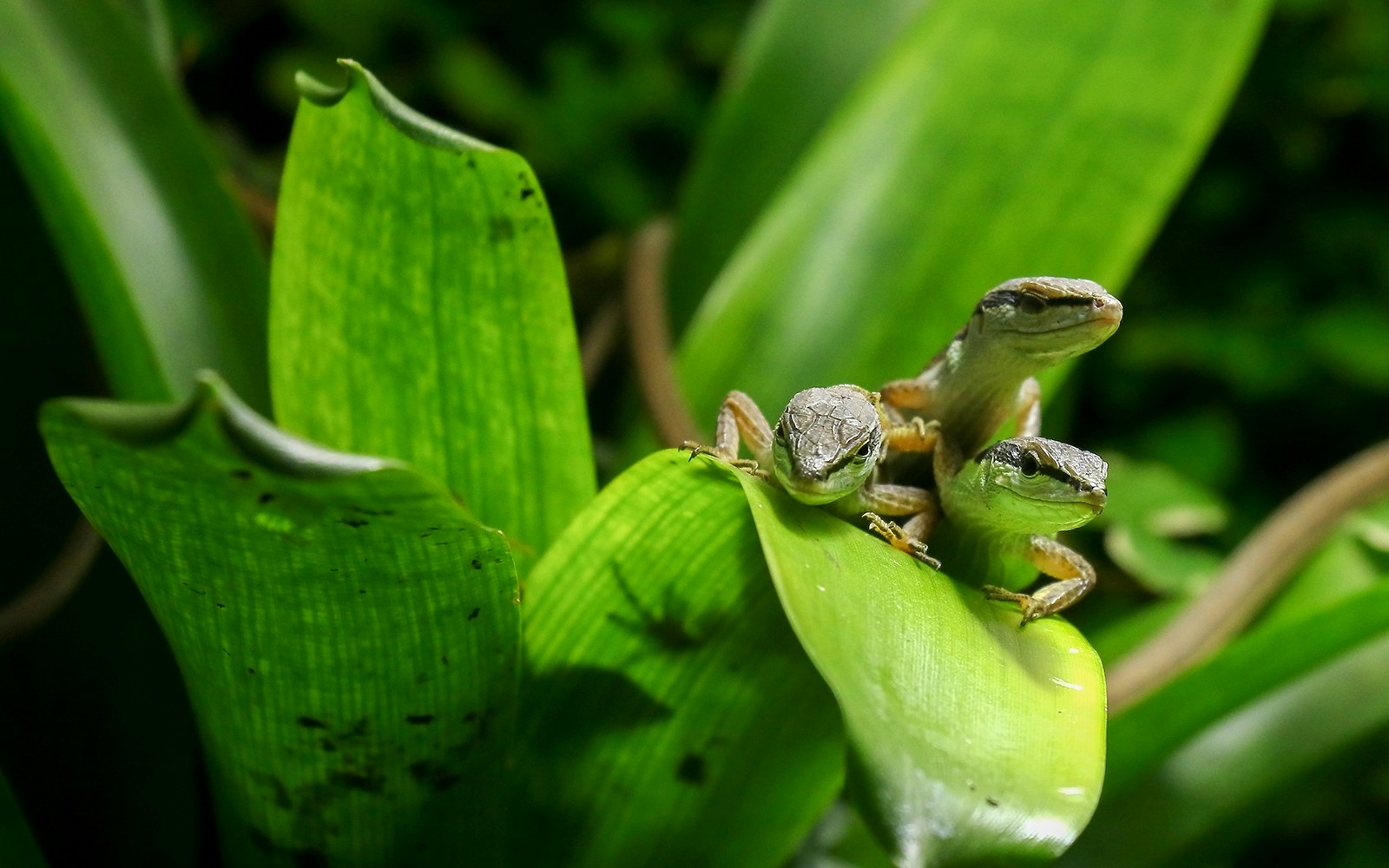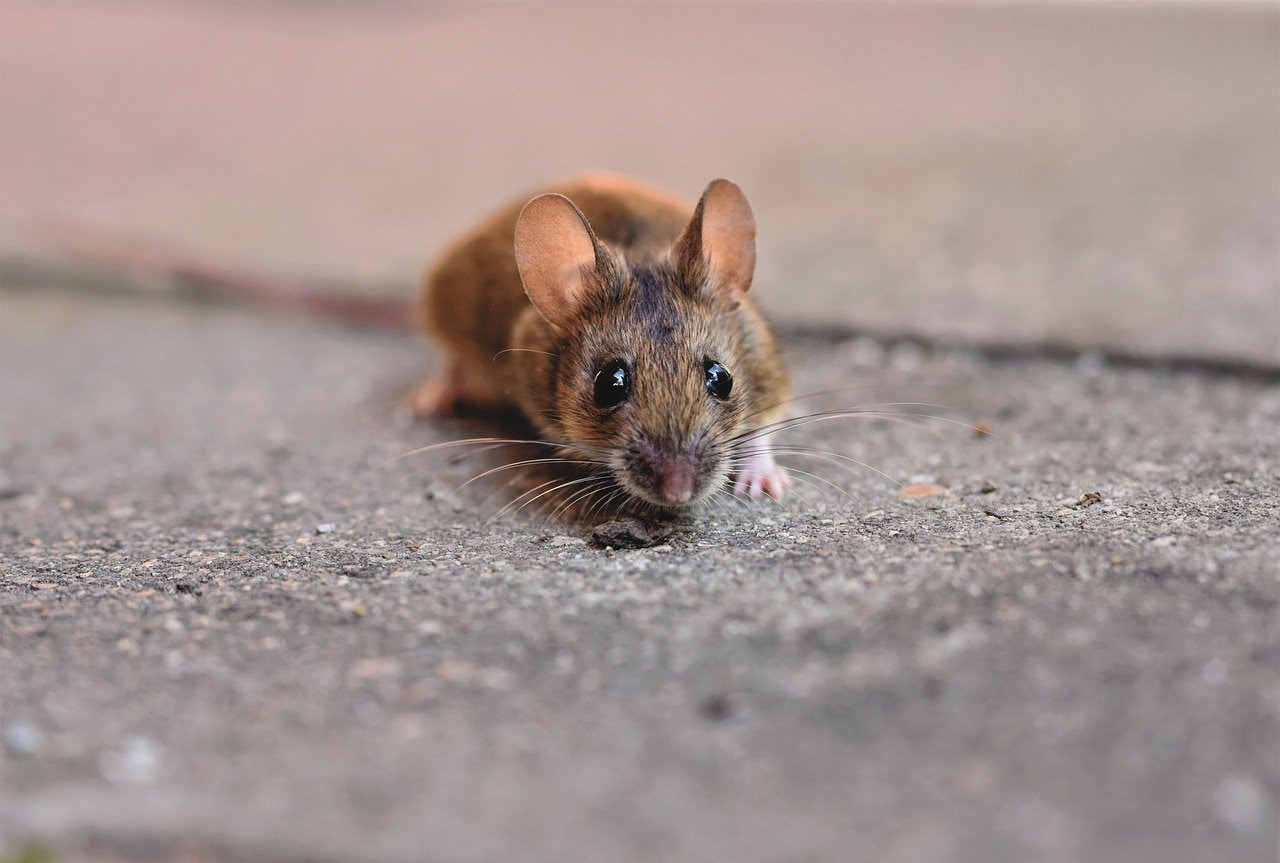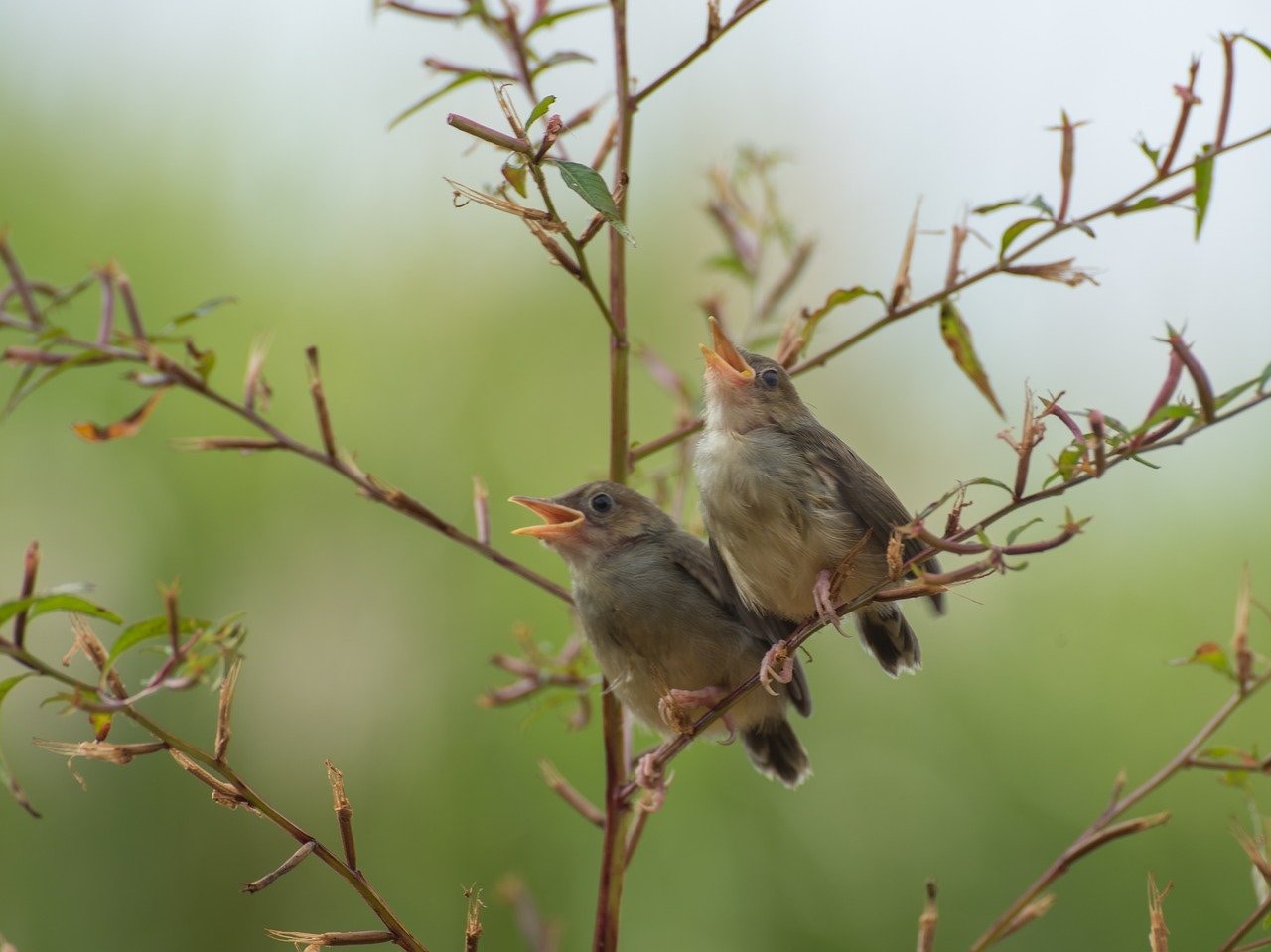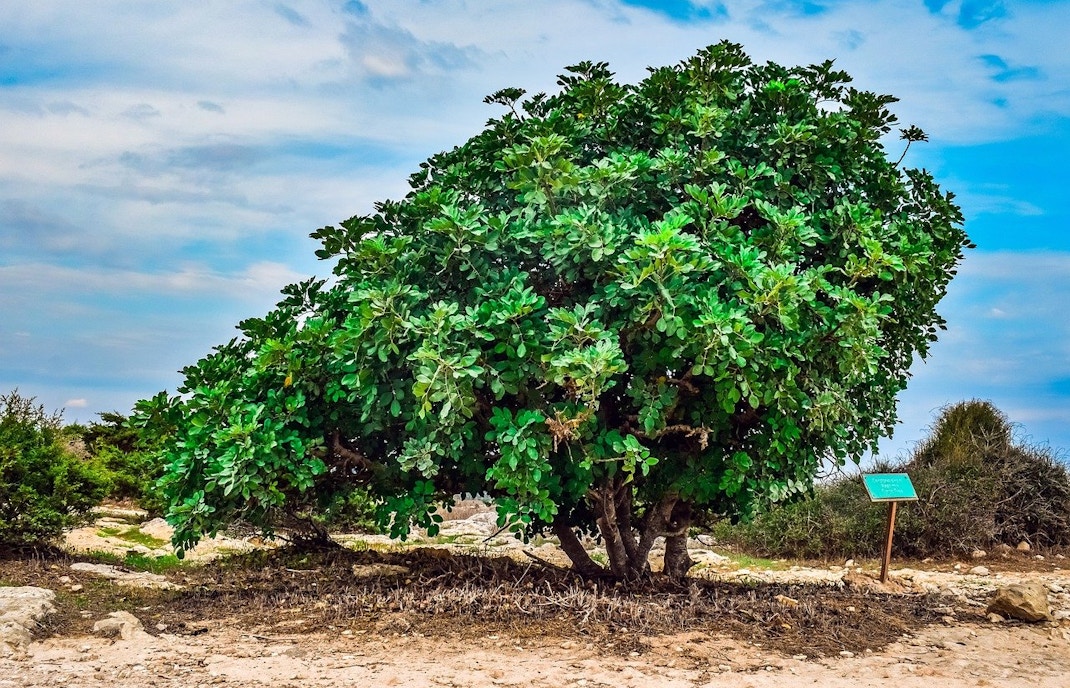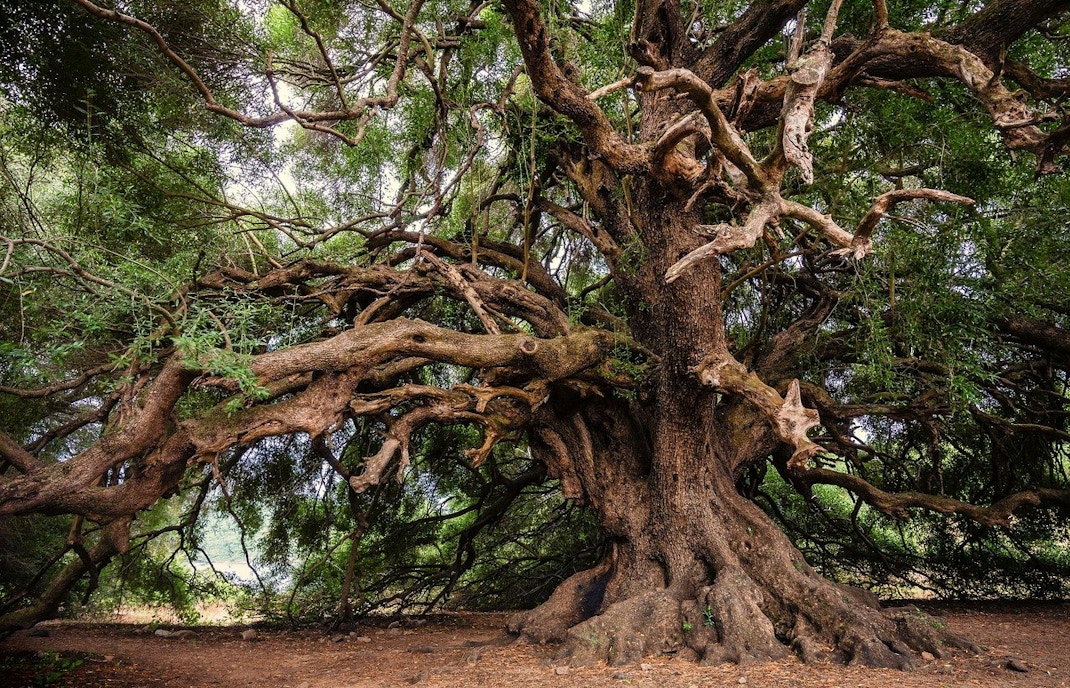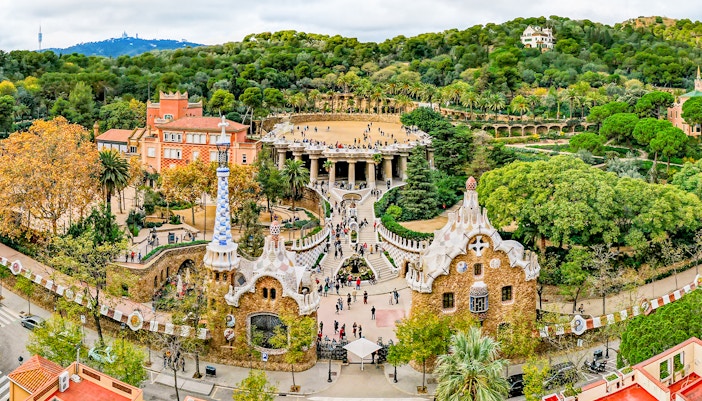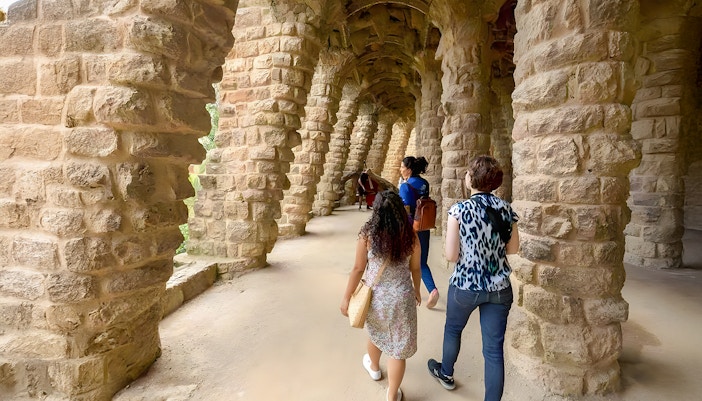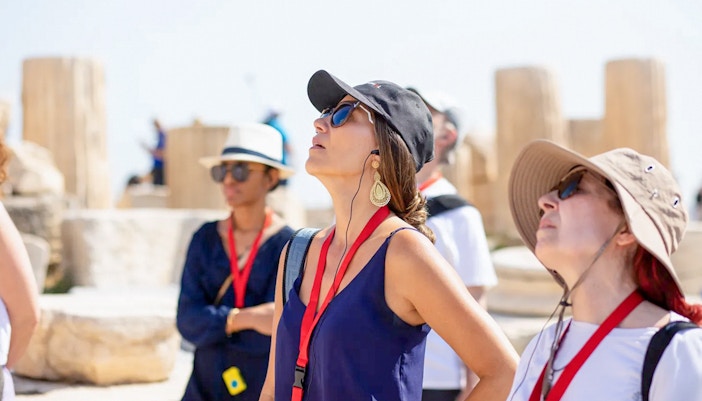Address: 08024 Barcelona, Spain. Find On Map
Park Güell is located in the districts of Gràcia and Horta-Guinardó, in the city of Barcelona, Catalonia, Spain. The park lies in the neighborhoods of El Coll, La Salut, Can Baró, Vallcarca i els Penitents, and El Carmel and is spread over 19 hectares of land. It is located in the central part of the city, and it is well connected to the other areas.
It is also surrounded by the urban landscape while also covering two sides of the hill, Tres Creus or Les Menes hills. The stunning views from this park have captivated every visitor who has been here. Due to its proximity to the city center, you can easily reach it.

